Sandalwood (Santalum album) is a rare tree noted for its fragrant wood, found in the forests of south India. About 90% of world sandalwood production is from India. Sandal wood finds application in manufacturing incense sticks, perfumes, aromatherapy essential oils, etc.
There are different 16th and 17th century temples in India that has sculptures made of sandalwood, which still emanates the soothing smell. Apart from those temples, sandalwood doesnÂ’t form a material for carvings for domestic use.
The tree is now declared as an endangered species and all the sandalwood trees are declared the property of government.
The tree has more religious sanctity in India. Temples all over India provide sandalwood paste to be applied on the forehead of devotees that visit the temple after taking a bath in the early morning.
Sandalwood also has application in Ayurvedic medicine. It is proved that the essential oil has anti-bacterial properties. Its efficiency in aromatherapy is also proved.
There is a peculiarity in the growth of sandalwood trees in the wilderness. Though it appears to be an independent tree staying far away from other plants, the root of the tree takes nutrients from the roots of other trees. A behind-the-curtain parasite will not be an improper adjective.
Since the prices of sandalwood oil has increased tremendously (in the tune of thousands of dollars per kg of oil), the artificial cultivation of sandalwood is now commonplace in countries like Australia, which poses a big question mark before ecological balance.


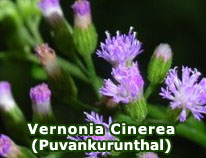
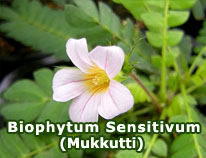
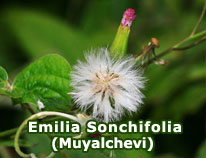
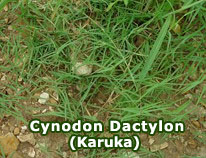
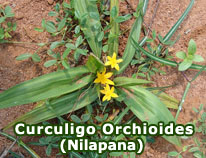
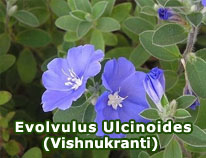
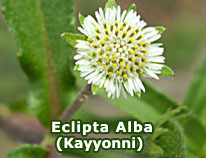
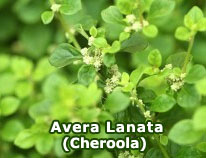
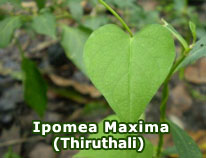
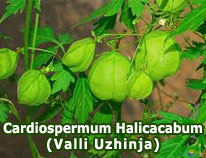
 Loading ...
Loading ...






